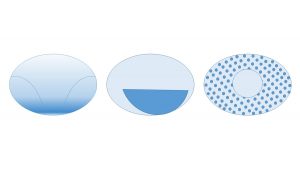Is a bifocal or progressive addition spectacle lens worth prescribing for myopia management?
Given their lower efficacy compared to contact lens options, is the additional cost of a progressive or bifocal spectacle lens worth it for myopia control? This discussion in the Myopia Profile Facebook group explores the options, with links to further reading.




















